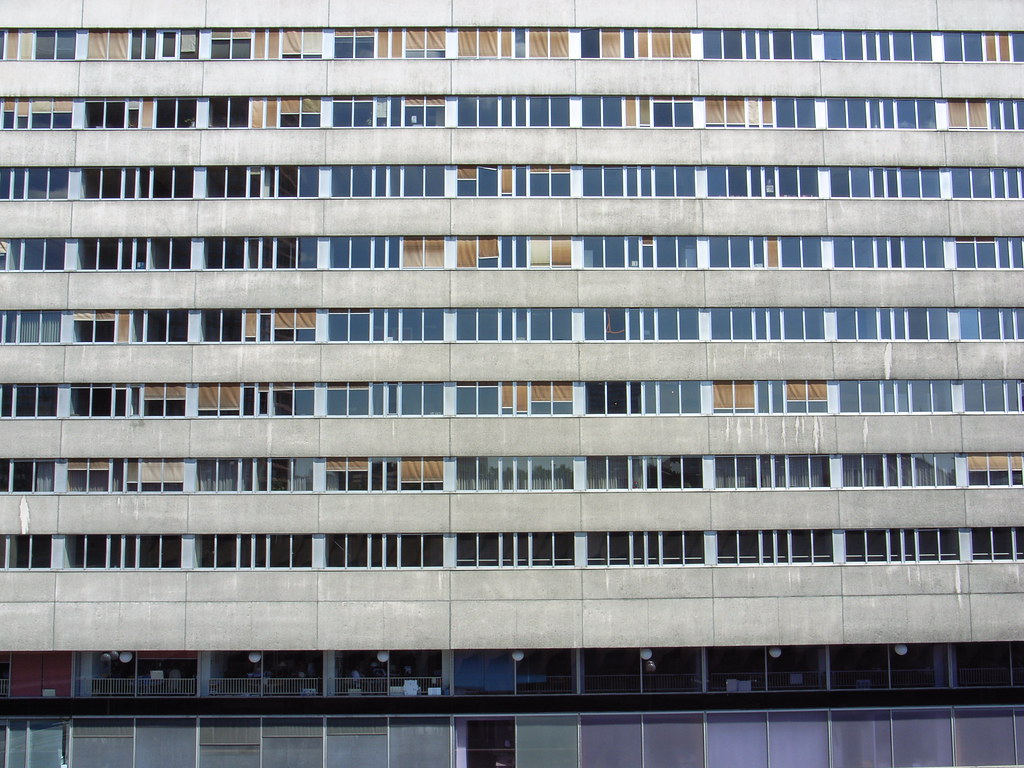How Will Scotland Fix Current Cladding Issues?

Some of Scotland’s largest housing developers have agreed to work with the Scottish Government and others to address cladding issues. Housing Industry Leaders looks at the accord and how it will give affected homeowners a clear path to ensuring their homes are safe.
Under the Scottish Safer Buildings Accord, developers will be expected to fund works for properties that they built to address safety issues identified through the Scottish Government’s Single Building Assessment programme. Public funding will be prioritised for buildings that are not linked to an existing developer.
Announced last year as a pilot, the assessment programme will be expanded to include another 80 buildings, meaning that more than 100 high-rise towers in total will be part of the scheme. A new streamlined process for commissioning the assessments will help to identify at-risk buildings more quickly.
Outlined in The Building (Scotland) Amendment Regulations 2022, changes to requirements on the fire safety of cladding systems will be introduced on 1 June 2022. Changes have been brought in following public consultations in 2021 on the fire safety of cladding systems.
It Is Essential To Work Collaboratively To Fix Buildings
Housing Secretary, Shona Robison, said: “This is the next big step towards addressing the cladding crisis in Scotland. While I know this has been a stressful and frustrating time for affected homeowners, it has been vital that we take the time to understand this incredibly complex issue so we can now start to address it. Let me reassure homeowners again that we expect the vast majority of buildings to be safe.
“Although the Scottish and Welsh Governments worked hard to seek a four-nation solution to support these homeowners, we have been disappointed at the England-only approach taken by the UK Government. I see no reason why a developer that has agreed to fund works in England would decline to make the same commitment for Scotland.
“We are reliant on consequential spending from the UK Government for this programme, and have committed to spending any and all consequentials received for cladding on assessment, safety and remediation for homeowners.
This is a problem government can’t fix alone, and I look forward to working collaboratively and at pace with developers and homeowners to fix buildings affected by dangerous cladding.
Solutions Will Be Identified For Buildings Affected By Cladding Problems
High Rise Scotland Action Group Co-ordinator, Chris Ashurst, said: “The Scottish Safer Buildings Accord, initiated by the Scottish Government, is good news, and such a joint, collaborative approach with developers and industry is the best way to get the right outcome for homeowners.”
The Scottish Safer Buildings Accord is being developed with Homes for Scotland, a membership body for housing developers, alongside homeowners and other key partner organisations. Working collaboratively, these groups will work to identify solutions for domestic buildings that are affected by cladding issues.
Homes for Scotland Chief Executive, Nicola Barclay, said: “I am pleased to confirm that Homes for Scotland has agreed to work with its members and Scottish Government to develop an Accord which will include the broader sector in time, reflecting the responsibilities of all parties involved in the design, construction and inspection of buildings.”
Ensuring that homeowners affected by cladding issues are provided with the knowledge that their homes are safe is essential. Issues identified through the Scottish Government’s Single Building Assessment programme will be provided with solutions and will help to improve homeowners’ confidence and safety.

